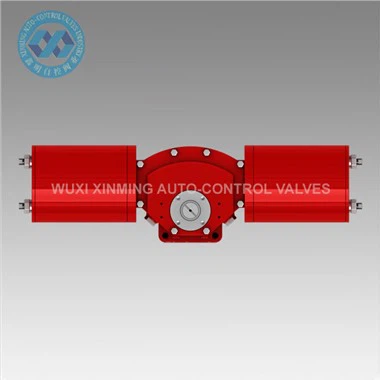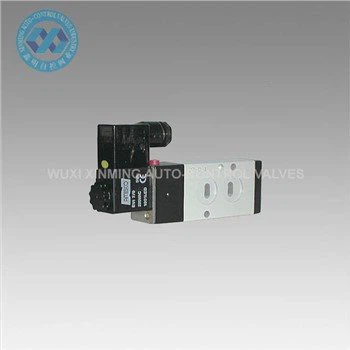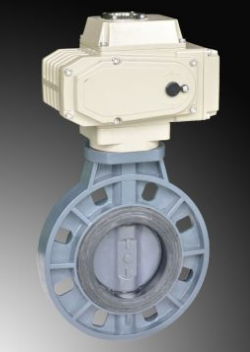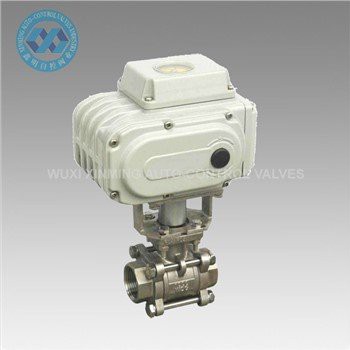Introduction
In industrial automation, accurate flow regulation is essential for efficiency, safety, and cost control. A pneumatic actuator control valve is one of the most reliable solutions for controlling the flow of gases, liquids, or steam across a wide range of industries. By combining the power of compressed air with advanced valve technology, these systems deliver precise and responsive control in demanding applications such as oil & gas, water treatment, chemical processing, and pharmaceuticals.
What Is a Pneumatic Actuator Control Valve?
A pneumatic actuator control valve is a valve that uses compressed air to move its actuator, adjusting the valve position to regulate process flow. Unlike simple on/off valves, control valves are designed to modulate flow, pressure, and temperature continuously.
The actuator converts the pneumatic signal into mechanical motion, which positions the valve plug, ball, or disc according to the control signal from an automation system. This makes pneumatic actuator control valves critical for process accuracy and system stability.
Key Components of a Pneumatic Actuator Control Valve
-
Valve Body – The main housing that contains the flow medium.
-
Actuator – Converts compressed air into linear or rotary motion.
-
Positioner – Ensures the valve reaches the correct opening based on the control signal.
-
Flow Control Trim – Regulates how fluid passes through the valve.
-
Accessories – Solenoid valves, limit switches, and air filter regulators for optimized performance.
Types of Pneumatic Actuator Control Valves
-
Globe Control Valves – High accuracy in modulating flow.
-
Ball Control Valves – Ideal for high-capacity applications.
-
Butterfly Control Valves – Lightweight, cost-effective, and suitable for large flow rates.
-
Diaphragm Control Valves – Common in hygienic applications such as food and pharmaceuticals.
Advantages of Pneumatic Actuator Control Valves
-
Fast and Reliable Response – Ideal for applications requiring quick adjustments.
-
Explosion-Proof Operation – Safe in hazardous or flammable environments.
-
Durability – Resistant to high temperatures, pressures, and harsh conditions.
-
Energy Efficiency – Uses compressed air, avoiding electrical hazards.
-
Easy Integration – Works seamlessly with DCS and PLC automation systems.
Industrial Applications
-
Oil & Gas – Regulating pipeline flow and pressure.
-
Water & Wastewater Treatment – Controlling water distribution and filtration.
-
Chemical Industry – Managing corrosive or hazardous fluids.
-
Pharmaceuticals – Ensuring precise dosing and sterile processing.
-
Food & Beverage – Providing hygienic flow control for processing lines.
How to Select the Right Pneumatic Actuator Control Valve
When choosing a pneumatic actuator control valve, consider:
-
Valve size and type based on process requirements.
-
Air supply pressure and available utilities.
-
Operating conditions (temperature, flow rate, medium).
-
Control signal compatibility (4–20mA, 0–10V, or digital).
-
Maintenance and lifecycle costs for long-term reliability.
Conclusion
A pneumatic actuator control valve is a cornerstone of industrial process automation, offering precise flow regulation, robust performance, and high reliability. Whether in water treatment plants, chemical processing, or oil & gas facilities, these valves deliver efficiency and safety in critical operations. By selecting the right valve type and actuator, businesses can achieve greater control, reduced downtime, and long-term cost savings.
If you want to learn more about low-priced products, please visit the following website: www.xm-valveactuator.com















